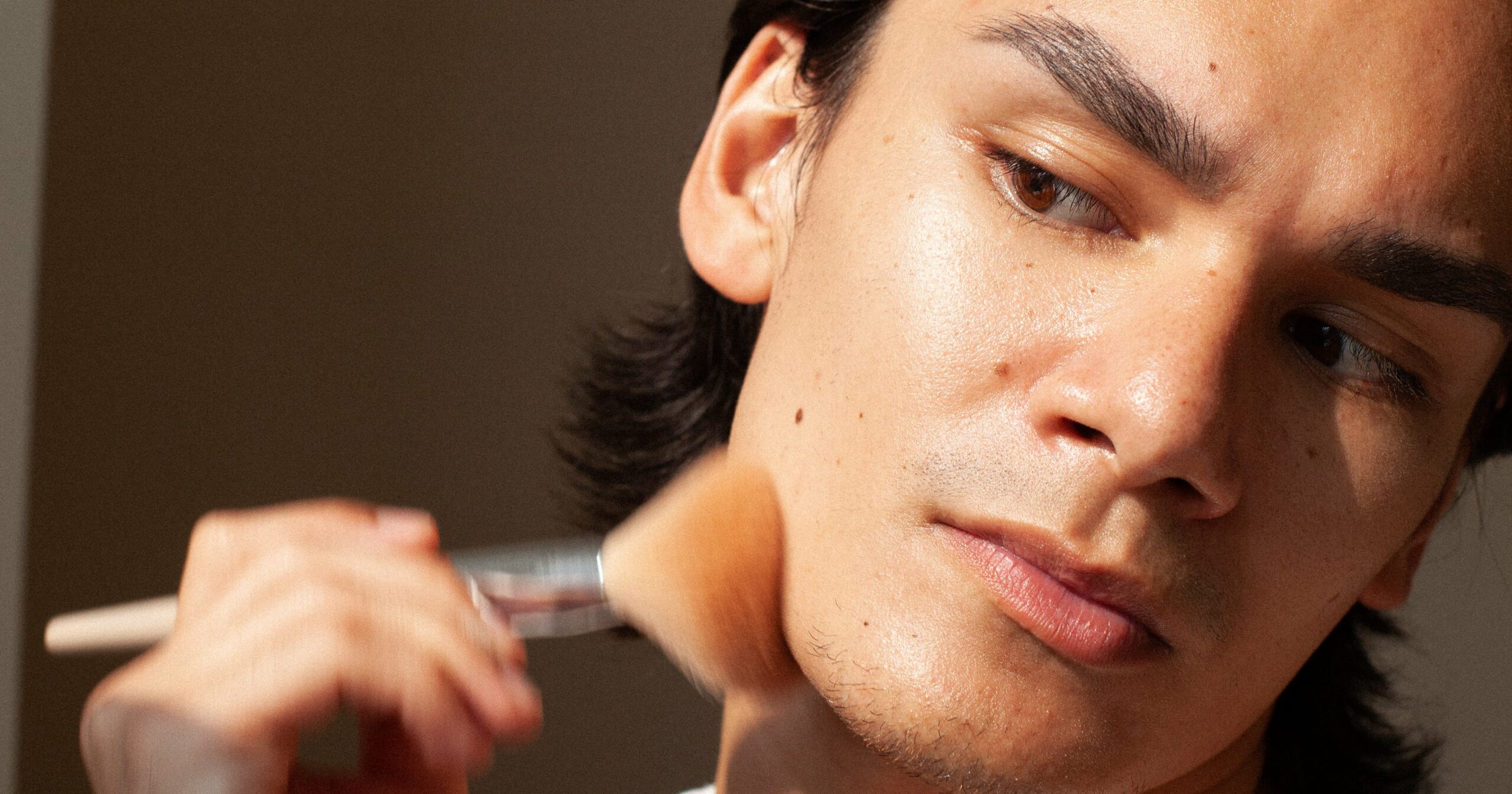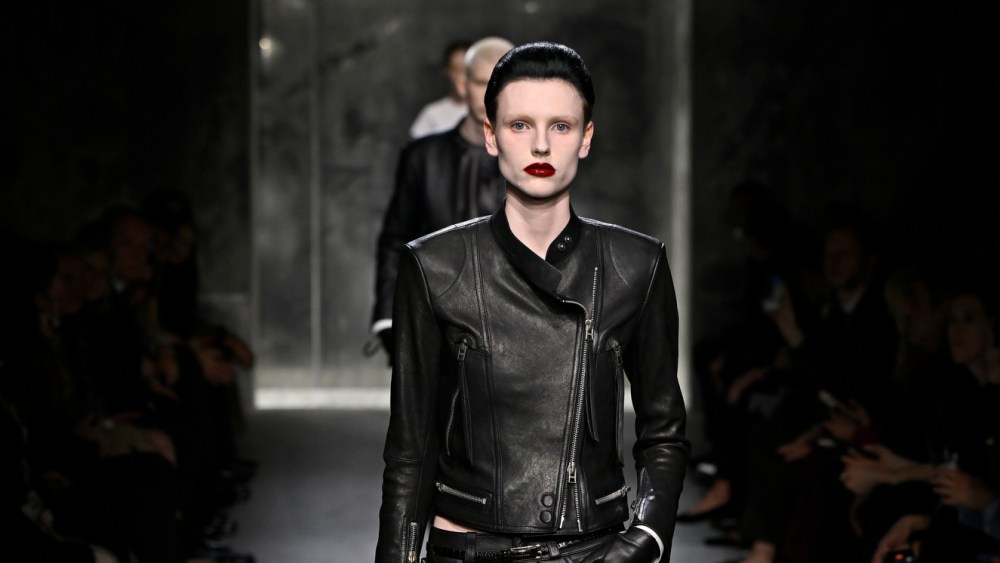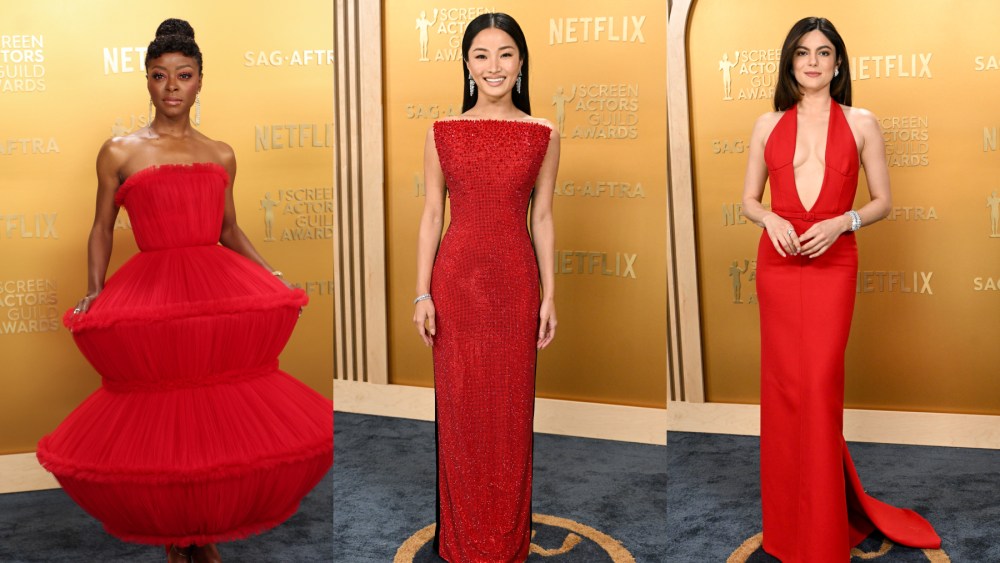Target Corp. squeezed big profit gains out of a 4.2 percent revenue decline in the third quarter — managing costs closely as consumers continued to pull back on discretionary spending.
“For many years we’ve built a business model that allows us to meet our guests where they are,” said Brian Cornell, chair and chief executive officer of Target, on a conference call with reporters. “This flexibility has served us incredibly well these past few years, delivering unprecedented growth in traffic and sales.”
Target was one of the big retail winners in the pandemic, grabbing market share and posting big gains as shopping trends shifted.
But Cornell acknowledged that the economy is now “forcing consumers to make tough choices” and that the retailer’s research found that themes like “uncertainty,” “caution” and “managing my budget” are top of mind for shoppers.
“Consumers are still spending, but pressures like higher interest rates, increased credit card debt and reduced savings rates have left them with less discretionary income, forcing them to make tradeoffs,” Cornell said. “For example, we’ve seen more consumers delaying purchases until the last minute, such as guests who previously bought sweatshirts or denim in August or September, but are now waiting until the weather turns cold. It’s a clear indication of the pressures they’re facing.”

Those pressures were felt most on the top line at Target, which drove profits by lowering markdowns and costs associated with inventory, freight, supply chain and digital fulfillment while benefiting from a “favorable category mix.”
Net income increased 36.3 percent to $971 million, or $2.10 a diluted share in the third quarter — putting earnings per share a full 63 cents ahead of the $1.47 analysts projected, according to FactSet.
But revenues for the three months ended Oct. 28 fell to $25.4 billion from $26.5 billion a year earlier.
Comparable sales declined 4.9 percent with weakness in discretionary categories blunted by growth in “frequency categories,” especially beauty, which saw the introduction of Fenty Beauty at the retailer’s Ulta Beauty shops.

“We’re not satisfied with our top-line trends and we’re not standing still,” Cornell said. “Because despite this year’s rapid progress on profitability, we believe we have a significant opportunity to grow both the top and the bottom line in the years ahead.
“We continue playing the long game, investing in our stores, supply chain, team and assortment, all with the focus of being our guests’ happy place and delivering the joyful shopping experience that makes Target Target,” the CEO said.
Inventories at the end of the quarter were down 14 percent from a year earlier, led by a 19 percent cut to inventory in the discretionary category.
Retailers on the whole have been more cautious with their inventory buys this year, prompting a wave of negative sales reports from brands across the fashion spectrum that have seen weakness in North America.
But Target also saw some signs of fashion strength.
Christina Hennington, executive vice president and chief growth officer, said that apparel and accessories comp sales, although still declining, improved by nearly 3 percentage points from the second quarter and that elements of the business were clicking along.
Hennington pointed to the introduction of Kendra Scott accessories and fall fashion sets in women’s apparel, which she said performed “very well.”
“While we are not immune to macro conditions, if we focus on retail fundamentals, offering exciting new product at incredible value and quickly respond to guest wants and needs, we remain relevant with them through any environment,” Hennington said.
Target’s business with its own brands — which has grown into a powerhouse with $30 billion in annual sales — is also a source of strength.
Hennington said the owned brands allow the company to control “the freshness and newness and innovation” and noting that the business’ young contemporary business was seeing gains.
Another bright spot is beauty, which has shone through the more recent slowdown in discretionary spending.
The launch of Fenty Beauty in the Ulta Beauty at Target shops was a standout for the quarter.
“We knew it would be a great-selling brand,” Hennington said. “The difference for us is that we were able to offer a different size and so it was more approachable from a price point perspective, but it was the same great product that Fenty has offered for a couple years now.”



